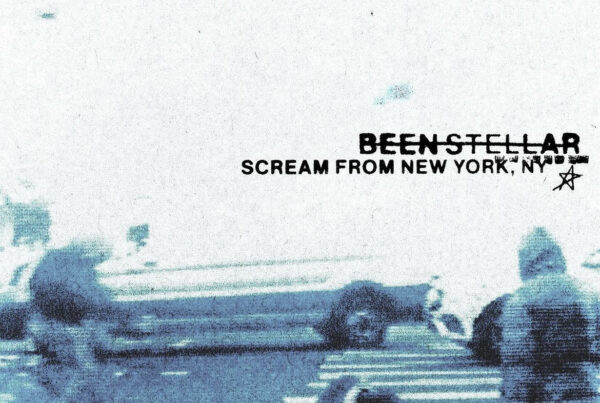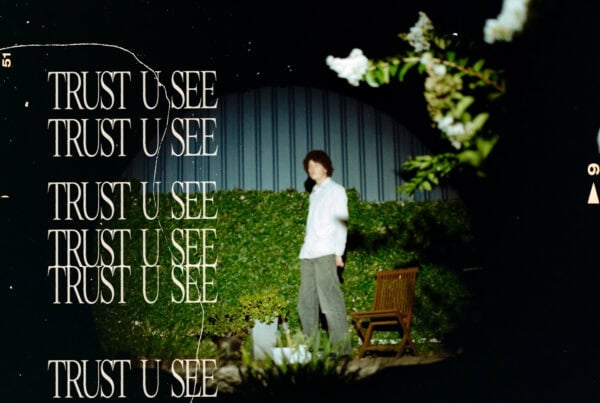The Original Marvel Years, 1977-1986
Star Wars was considered a flop before it had even started, most fans know the trouble George Lucas had securing funding for the flick and the many rejections by various distributors and production companies. Unfortunately for Lucasfilm, funding and hype was hard to come by on all fronts. Way back in 1975, the publicity supervisor at Lucasfilm, Charles Lippincott, approached Stan Lee about a tie in comic for Star Wars, prior to the film’s release. The theory being, Star Wars would appeal to the core audience of Marvel Comics, and if the franchise could be launched as a comic before the film, word of mouth and a cash injection could do wonders for the troubled film. Stan’s answer, however, was a firm no.
Thankfully, a second meeting was arranged by Roy Thomas, Marvel’s editor-in-chief, and Thomas was able to negotiate a deal between Lucasfilm and Marvel. Stan Lee, insistent that Star Wars was a flop and the comic wouldn’t sell, set a clause in the contract stating Lucasfilm would receive no royalties whatsoever until sales figures exceeded 100,000 – a figure considered ridiculous at the time for a licenced product. Marvel’s Star Wars debuted one month ahead of the film. Fortunately for Lippincott, the sales target was utterly smashed very quickly, allowing Lucasfilm to renegotiate a better deal with a stronger stance. According to Jim Shooter, Marvel’s editor-in-chief during the 80s, the contract with Lucasfilm literally saved Marvel from folding in upon itself and kept the company afloat for several years.
Star Wars enjoyed a successful stint with Marvel Comics, with the main line reaching issue #107, tie in issues for the cartoons Droids and Ewoks, three annuals and Return of the Jedi getting its own miniseries, before the contract ended. Poor sales post-Return of the Jedi and an increasingly wary body Marvel executives led to the series ending with #107, dated May 1986.
Tom Veitch and Cam Kennedy writer and artist team behind Epic Comics’ The Light and Darkness War, had been working on a story for Star Wars. Dark Empire was set to carry on the Star Wars saga in a deep and meaningful way, taking place several years after RotJ and considered by Lucasfilm to essentially be an “episode seven” of sorts. Due to the difficulties with Marvel, Lucasfilm moved their comic contract to Dark Horse Comics, including Star Wars and Indiana Jones.
The Dark Horse Years, 1991-2014
Come 1991, the first issue of Dark Empire eventually landed. Dark Empire and Timothy Zahn’s Thrawn trilogy of novels are credited as kickstarting a golden age of Star Wars. Dark Horse took far more risks with Star Wars, emphasis was placed on concise stories told in mini-series slots as opposed to one long running series.
Beginning in 1992, Dark Horse started reprinting the older Marvel material in new square bound issues that appeared more like a short graphic novel. 1993 saw Tom Veitch pen Tales of the Jedi, a series that lasted until 1998 and took place entirely in the then unrealised Old Republic era. 1994 saw Dark Empire II and a Droids spin off series of stories, while 1995 saw a series of Jabba the Hutt one shots, the third and final in the Dark Empire Trilogy titled Empire’s End and the popular River of Chaos. 1995 also featured the start of the Thrawn trilogy adapted to comic book form, a long running Boba Fett series of stories notably by returning Star Wars artist and 2000AD veteran Cam Kennedy with long-time collaborator and co-creator of Judge Dredd, writer John Wagner.
This pattern of top quality talent on top quality books continued. 1999 saw the release of The Phantom Menace in cinemas, and as such Dark Horse went all out with their productions. The Phantom Menace alone had its own adaptation as well as five one shot tie ins focusing on primary characters. 1999 also gave up the start of Star Wars Tales, an out of continuity anthology series double the size of a standard comic which was published monthly for six years. 2000 saw even more Phantom Menace tie ins, such as a mature themed Darth Maul prequel, and a story based on Qui-Gon and Obi-Wan’s adventures. 2001 gave us Star Wars: Infinities, a reinterpretation of the original Star Wars trilogy with a “What if this happened instead” spin.
The Empire Strikes Back, 2012-2014
For fans of the Star Wars Expanded Universe, on the thirtieth of October 2012 it was if a million voices cried out and were suddenly silenced on the twenty-fourth of April 2014.
Books could be written about the full Disney-Lucasfilm deal
and the consequences, good and bad, but we simply do not have the resources.
However, the basics are as follows:
- 30th October 2012 Disney announced they intend to purchase Lucasfilm for $4.05b
- 4th December 2012 the Federal Trade Commission allowed the deal to go ahead without antitrust issues
- 18th December 2012 converted from a corporated company to a limited liability company
- 21st December 2012 the deal was finalised
- LucasArts, responsible for the videogame side of Lucasfilm, meaning all Star Wars games, as well as classic adventures such as Monkey Island, Maniac Mansion, etc. is effectively shut down
- 6th May 2013 Disney announced EA as the sole entity responsible for future Star Wars games
- 3rd January 2014 Lucasfilm announced Dark Horse Comics would lose the license to Star Wars at the end of 2015, and would return to Marvel Comics, also now owned by Disney
- 24th April 2014 Lucasfilm announced the expanded universe would no longer be considered ‘canon’ and would essentially reboot the entire franchise, save for the films, The Clone Wars and Rebels animated series. All material in print from the expanded universe would be under the new ‘Legends’ banner
Return to Marvel, 2016-
“I have read Star Wars comics and novels all my life, how can they just delete it?” some people said, “Disney will ruin everything, starting with the expanded universe” said others. Probably. Seriously though, the fan outcry was loud but unfortunately largely ignored. But it’s not all bad news.
Marvel Comics immediately started pumping out modern Star Wars content, and rightly so. Disney had to justify their $4bn. Marvel put out two ongoing series immediately – ‘Star Wars’ and ‘Darth Vader’, both set after A New Hope. If you can look past the expanded universe being rewritten and fan favourite stories disappearing, you’ll find some absolutely solid storytelling. Darth Vader introduced us to an original character of Kieron Gillen’s creation, Doctor Aphra, who is a firm fan favourite.
What’s more, Marvel, under Disney/Lucasfilm’s leadership, started producing new ‘epic collections’, very high quality thick paperbacks often 400+ pages in length, curating Dark Horse material in a brand new reading order. These books are reasonably cheap to buy but are of exceptionally high quality. Some of the stories are possibly a little more deserving than a generic paperback print, but it’s hard to find fault with Marvel pushing previously out of print and hard to come by stories in a well thought out, comprehensive order. We may have lost the original prints of these books, but Marvel are preserving and curating everything with respect to fans.
One common issue fans have with the modern Marvel content is it has been described as “safe” – barely any new characters have been introduced, the furthest back within the story they’ve been willing to go in A New Hope tie in material and gone are the days of ‘Star Wars Legacy’, where a comic author would dare write about the descendants of Luke Skywalker, decades into the future. Even the sequel trilogy’s tie in material is hardly ground breaking. That being said, Jason Aaron’s run (#1-37) on Star Wars is a joy to read. Kieron Gillen’s initial Darth Vader (volume 1 #1-25) run and his Star Wars run following on from Aaron (#38-#67) are nothing short of a masterpiece with a lot of comic relief. Greg Pak took over Star Wars to generally positive fanfare (#68-#75) before the rebooted ‘Star Wars’ title set after Empire Strikes Back (#1-), written by Charles Soule, the same writer who penned Darth Vader’s second volume, ‘Darth Vader: Dark Lord of the Sith’ (#1–#25). Soule has genuinely tied the prequel trilogy and original trilogy together and shows his talents as an engaging author whilst being true, and imaginative, to the source material. Greg Pak rebooted Darth Vader with a third volume (#1-), set post-ESB, and at the time of writing has only published one issue. The issue, however, was one of the most talked about issues by Marvel in many years given its controversial content.
Marvel’s Star Wars line has frequently outsold their own IPs multiple times over, showing that it is popular. Marvel may have had a bumpy start with Lucasfilm’s handling of the Expanded Universe, but the franchise has been handled very well thus far with only the absolute top talent at Marvel working on it. We are finally, in 2020, getting to see experiment a little and it’s going down very well by eager fans. And to date, there are close to thirty epic collections reprinting the older Dark Horse material and Marvel’s own original material is available in two formats. Not to mention, both the entire back catalogue of Dark Horse and Marvel Star Wars is available to read complete and in full on Marvel Unlimited.
Marvel’s treatment of Star Wars has been well thought out and thoroughly planned, with hundreds of stories available with no sign of slowing down.






